This section covers some of the small bush birds such as the Australian warblers (Scrubwrens, Thornbills, Pardalotes) and Wren species.
White-browed Scrubwren (Sericornis frontalis)

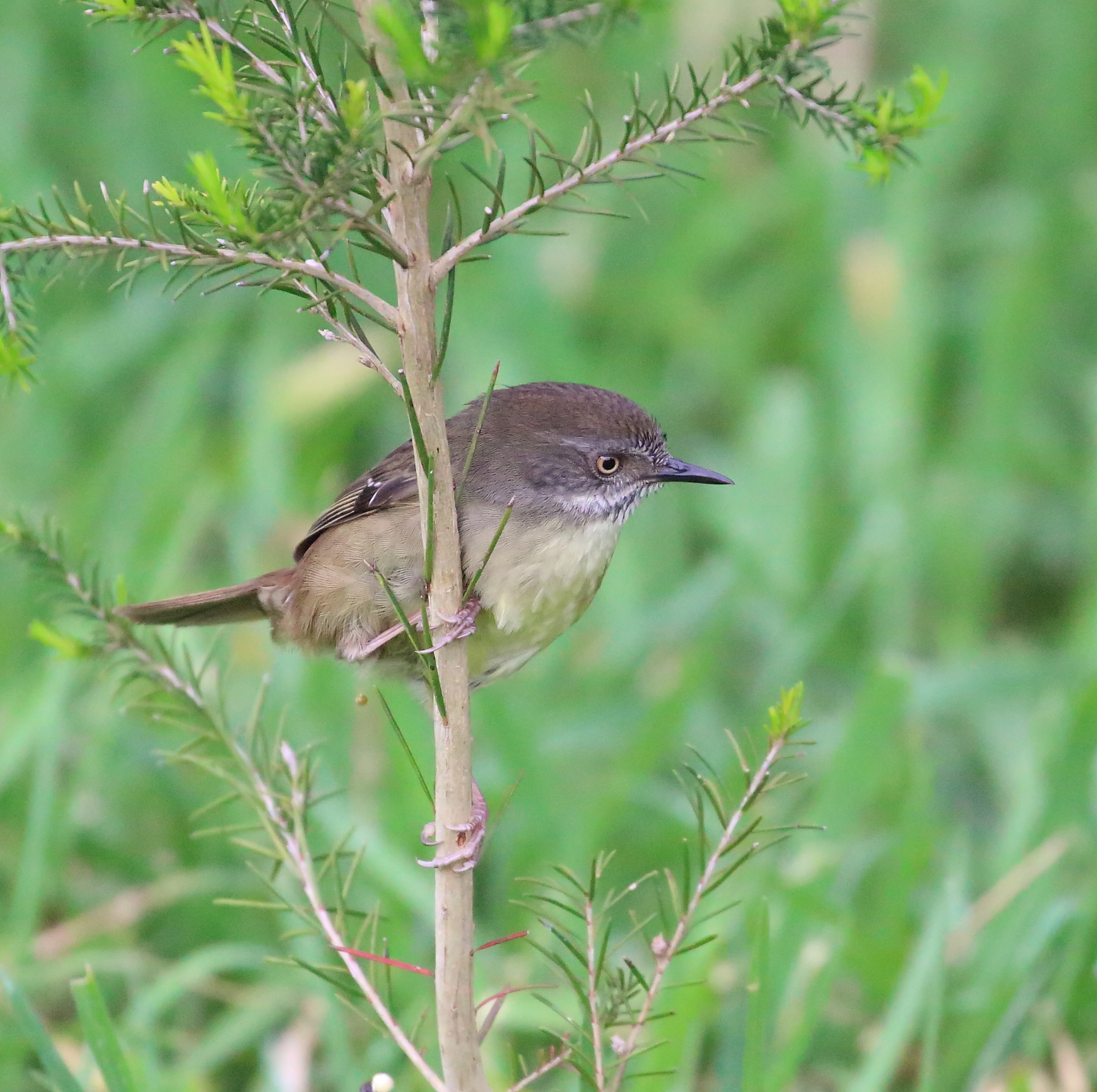
A common bird around The Cape, especially in the south east sector and around the coastal reserve. Difficult to observe as it moves very fast in thick understory growth where it feeds on insects. It can be seen singularly, in pairs or small groups and sometimes amongst a mixed flock of other small birds. If you are lucky, you may catch it out in the open quickly settling on an open branch.
Brown Thornbill (Acanthiza pusilla)
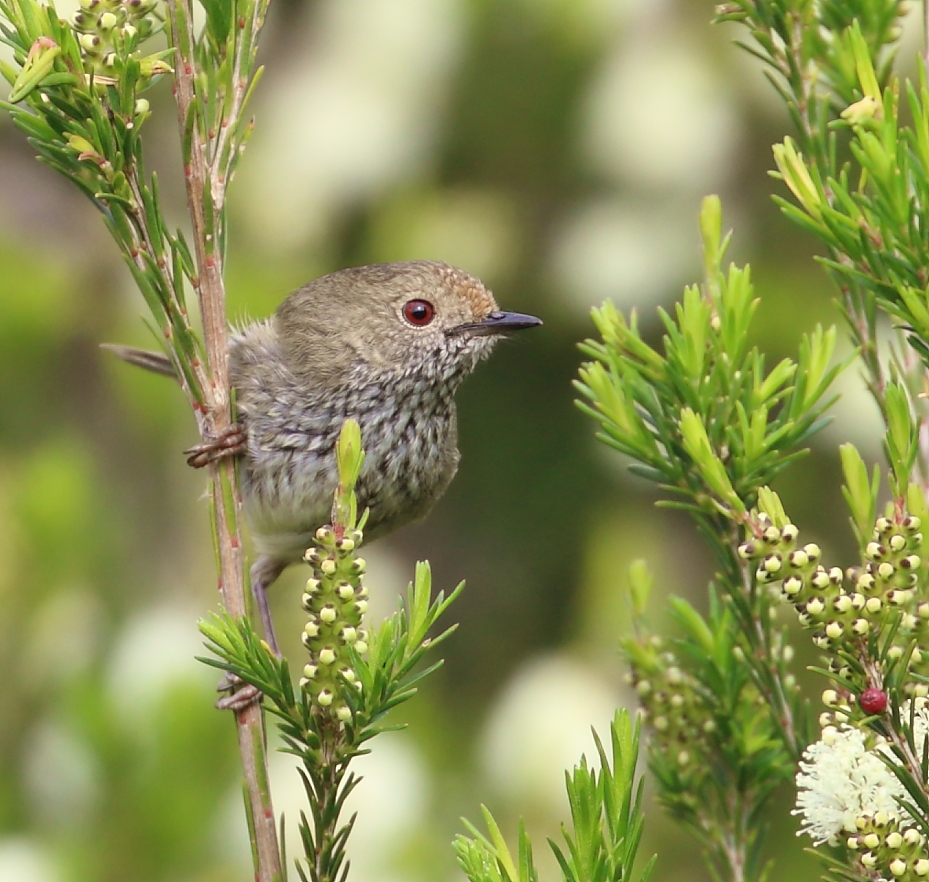
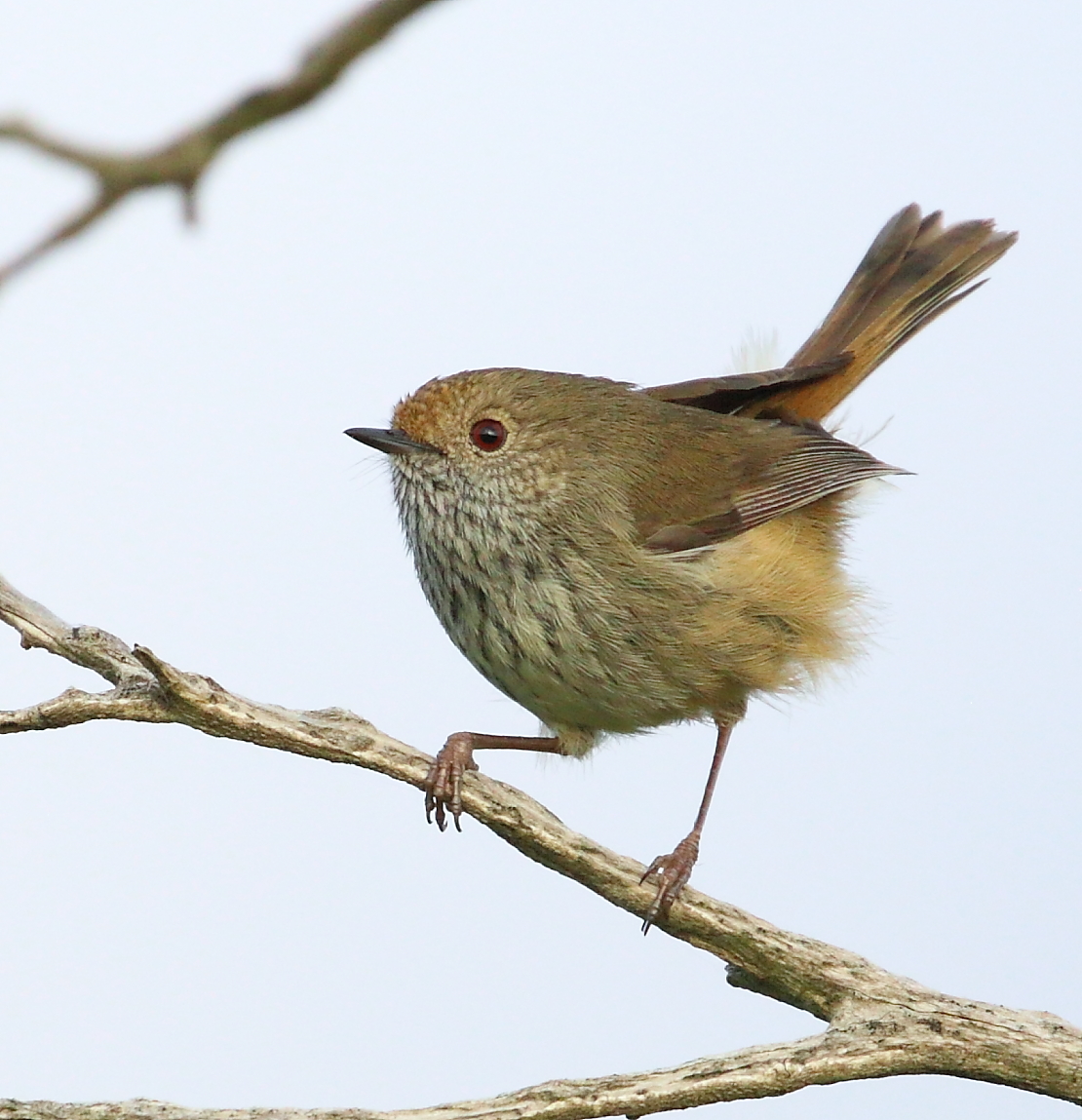
Another common and familiar bird seen in good numbers all year round in the south east sector and coastal reserve. A bird who also likes dense undergrowth where it moves sharply feeding on insects. It may also be seen in a mixed flock of other smaller birds.
Striated Thornbill (Acanthiza lineata)

Very similar in appearance to the Brown Thornbill, this bird is less common around The Cape than the Brown Thornbill but has similar habitat and behaviours.
Spotted Pardalote (Pardalotus punctatus)

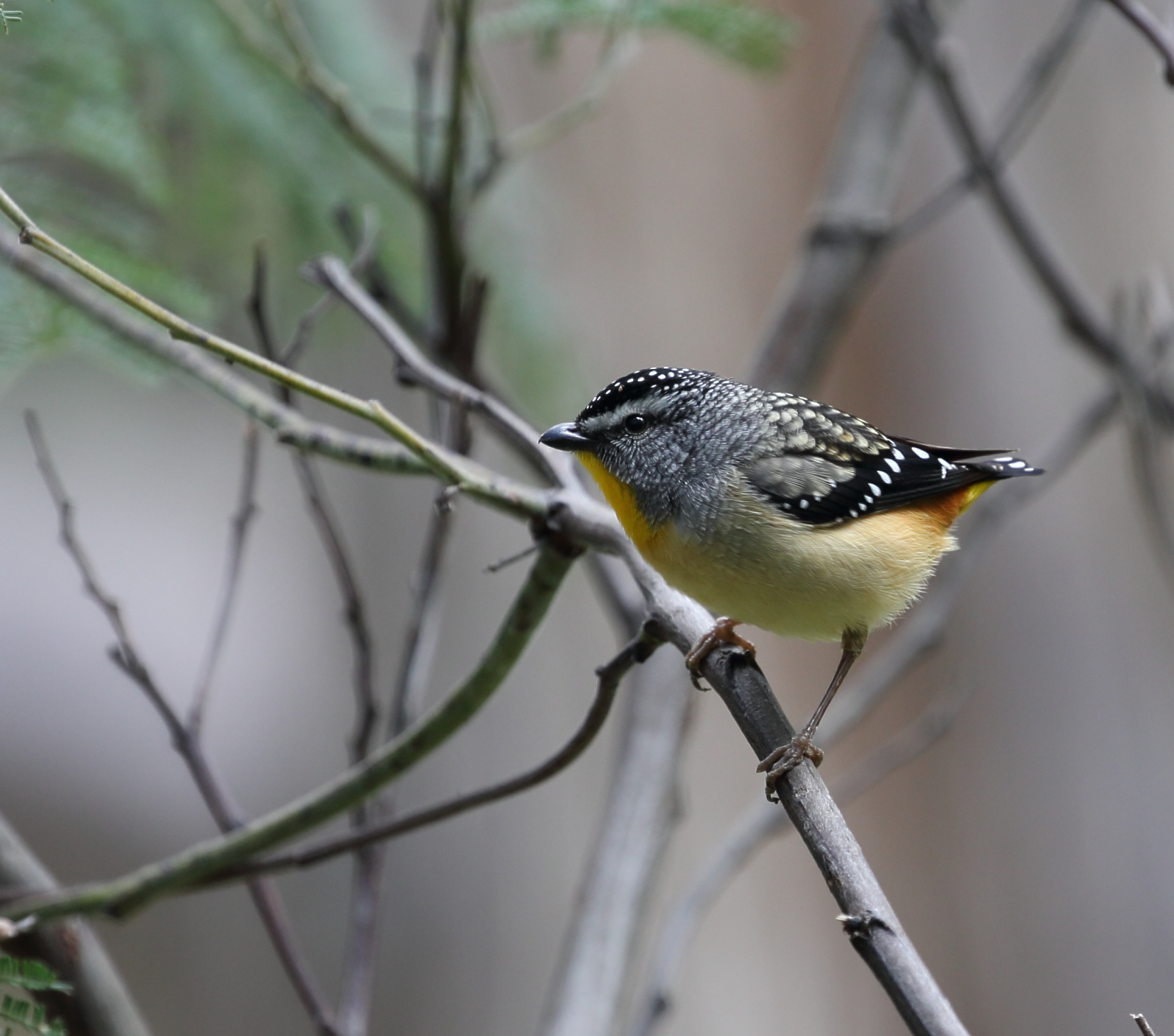
An absolutely stunning bird with gorgeous plumage, The Cape is not its ideal habitat as it is more at home in the canopies of taller woodland trees. More likely to be working the lower vegetation levels of the coastal reserve and south east sector, where its call can be heard but seeing it is infrequent.
Superb Fairy-wren (Malurus cyaneus)
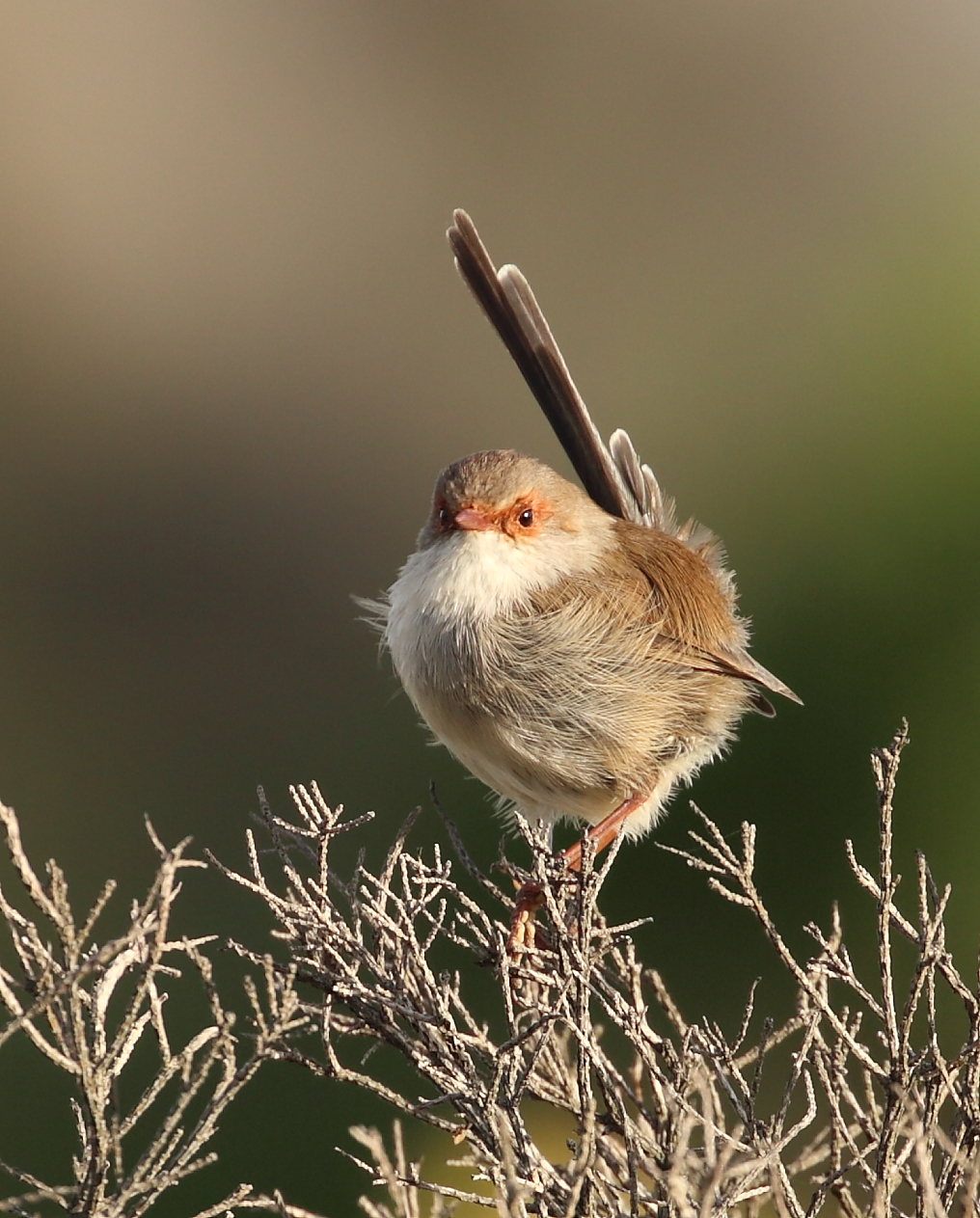
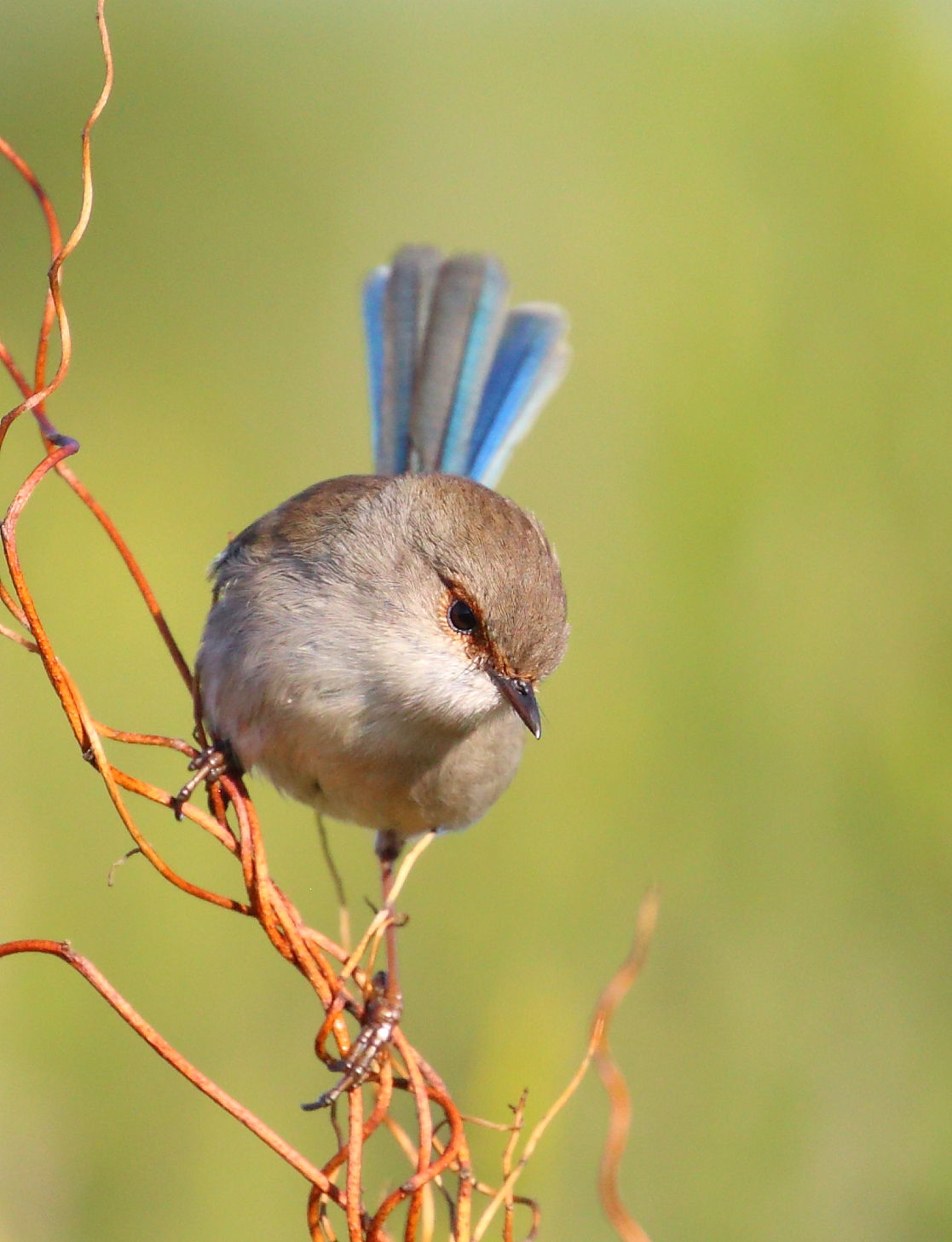



These beautiful birds are really at home around The Cape where they flit about between dense undergrowth and open grassy areas interspersed with perching on higher open branches where they chatter till their hearts content. It is usually seen in pairs or small family groups. The male in breeding plumage has very distinctive blue-black colours on the head, chest and back with whitish plumage underneath and a black bill. In non breeding plumage, the male bird is brownish with a blue tail. Some males may retain the blue-black breeding plumage all year round. Females remain brown-whitish with a reddish bill and eye lores and a paler light blue tail.
